KNIT MAGAZINE
- Knit Pattern
Exploring Inlay Knitting: Techniques, Effects, and Creative Possibilities

- Post date:
- October 24, 2023 07:00
- (Update: October 11, 2023 01:41)
KNIT MAGAZINE

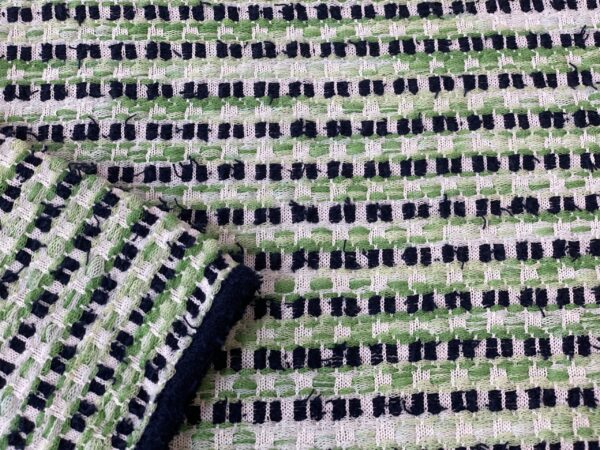
Inlay knitting is a knitting technique used to create decorative patterns or add texture to knitted fabric. It involves knitting one color of yarn into another while maintaining a smooth and even surface on one side of the fabric.
Table of Contents
This type of manipulating stitches has a few different names: inlay knitting, weave, knitweave, knit-weaving, roositud. I often consider inlay knitting to be the equivalent of fleece in cut-and-sew techniques. It’s a knitting method that mimics a pseudo-pile appearance by weaving thick and soft threads horizontally.
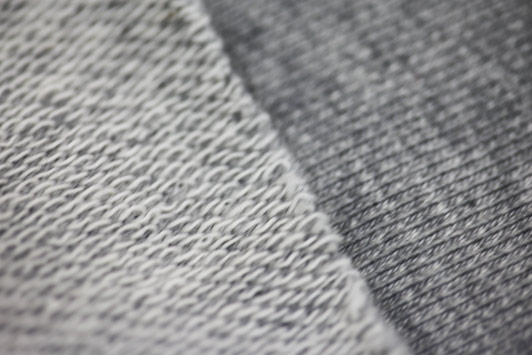
Inlay knitting is applied to the side that comes in contact with the skin, providing a comfortable feel. The photo below shows the finished textile with the inlay carrier attached to the knitting machine.
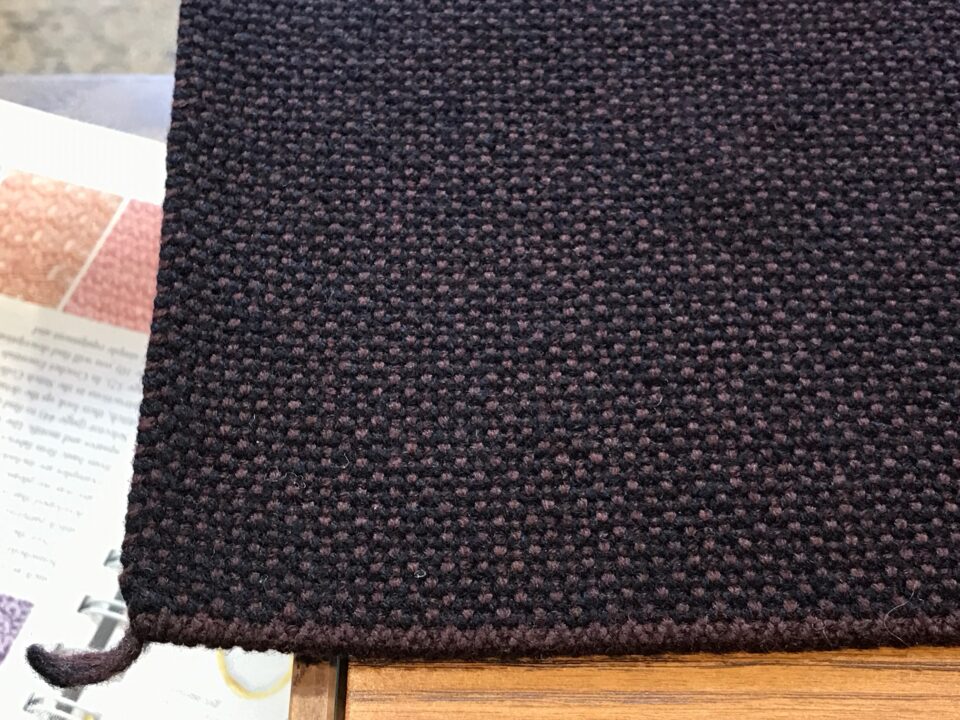
In inlay knitting, two colors are used, and weft stitches are introduced every other stitch in the base knitted fabric. This creates a distinctive texture where it can be challenging to distinguish the inserted loop stitches. Although the structure differs slightly from the original knitted fabric, the stitch pitch remains slightly different.
As depicted in the figure below, wefts are inserted into the base knitted fabric using a pattern of 3 stitches, followed by 1 stitch.
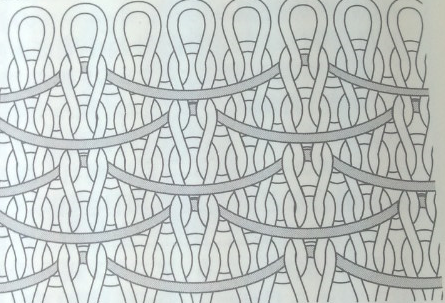
Attaching an inlay carrier to a flat knitting machine allows you to create a woven fabric-like texture in a new genre.
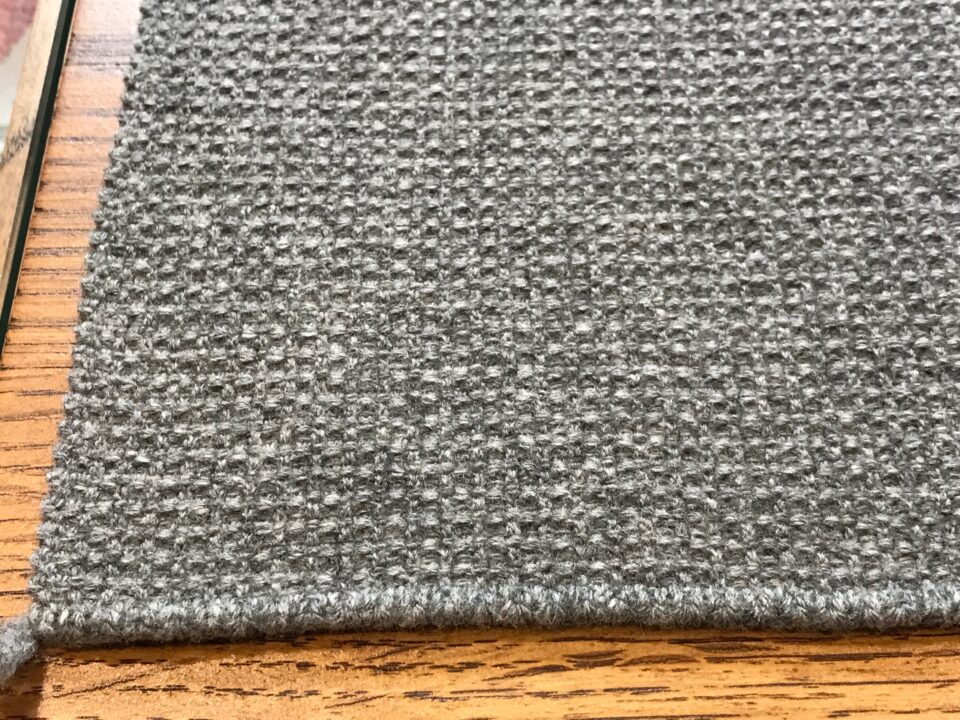
These textiles combine inlays with a links-knitted base, resulting in distinct vertical and horizontal threads that create beautiful ridges as a distinctive feature.
The advantage of knit weft knitting is its ability to shrink freely in all directions. By daring to knit through both the warp and weft, it’s possible to reduce lateral stretch while achieving one-way stretch vertically. This provides a bounce and resilience, maintaining the comfort of knitwear. These textiles are suitable for use in jackets, skirts, or coats.
Furthermore, there are variations in knitting edges and unique techniques inherent to integral molding and weft knitting that set them apart from other fabrics.
The allure of knitwear lies in its ease of wear and enjoyment.
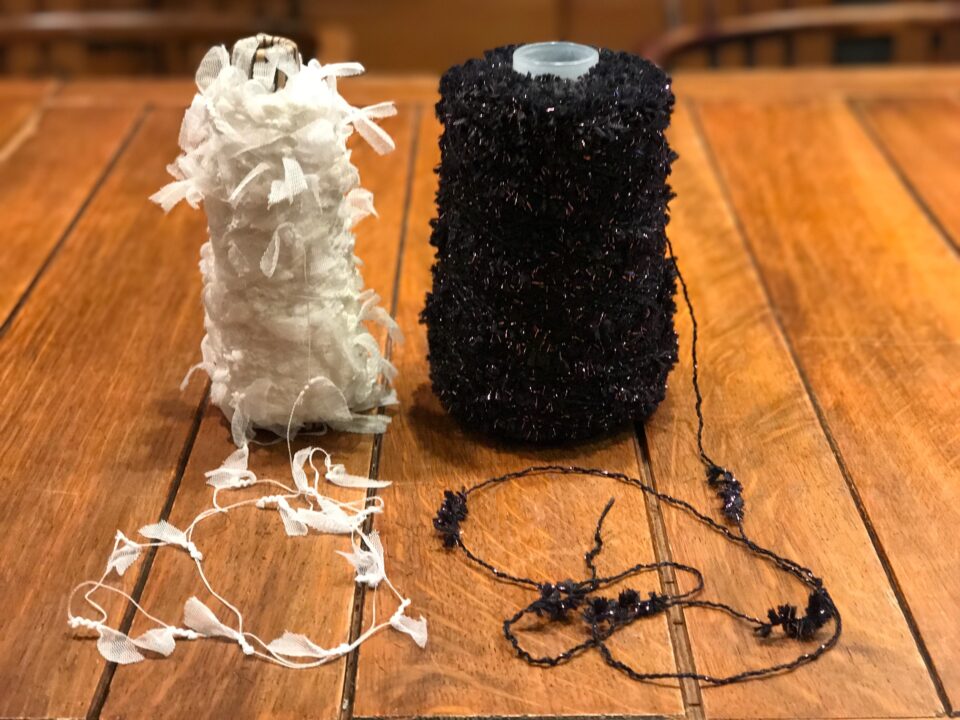
If you knit regular yarn with Tenjiku knitting, it becomes a standard sweater.
Incorporating inlay knitting into weft knitting allows for the creative use of the yarn’s shape. Use straight threads for the base and incorporate fancy yarn for the lateral pass.
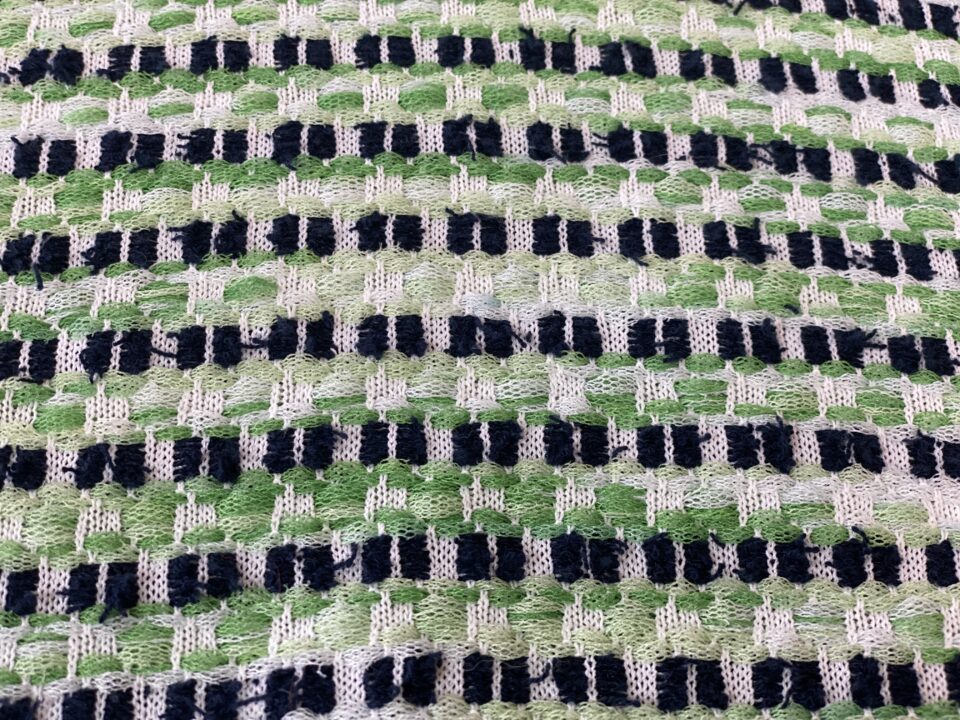
By utilizing special lame and molding yarn, you can craft fabric with a rich expression.
These revisions maintain the original meaning while reducing wordiness.
Using long or slippery fibers for warp and weft may result in snagging or unraveling. Careful consideration of material combinations is essential.
Inlay knitting is a technique commonly employed in colorwork knitting to introduce accents, motifs, or patterns without altering the fabric’s thickness or warmth significantly. It proves especially valuable for integrating intricate designs or geometric patterns into knitting projects. Achieving successful inlay knitting requires precise tension control to ensure the inlaid yarn lies flat without causing puckering.
In summary, inlay knitting enables the creation of complex and artistic designs while preserving the comfort and flexibility of the knitted fabric.
Subscribe Now
To receive the latest updates and insights, subscribe to our newsletter.
Contact Us
For further inquiries regarding this article, please feel free to contact us.